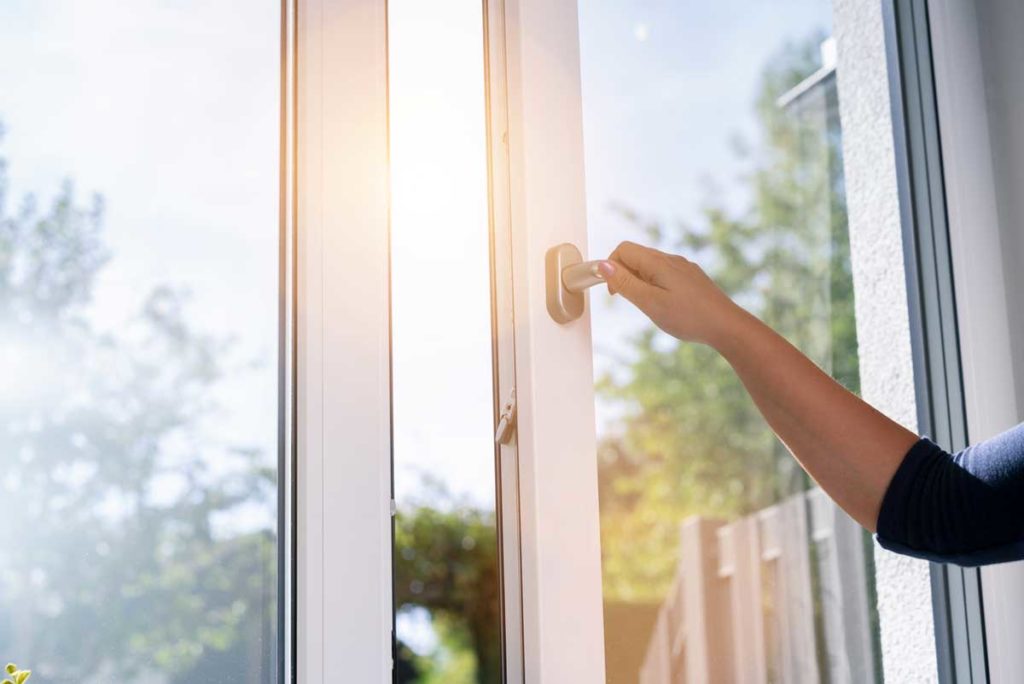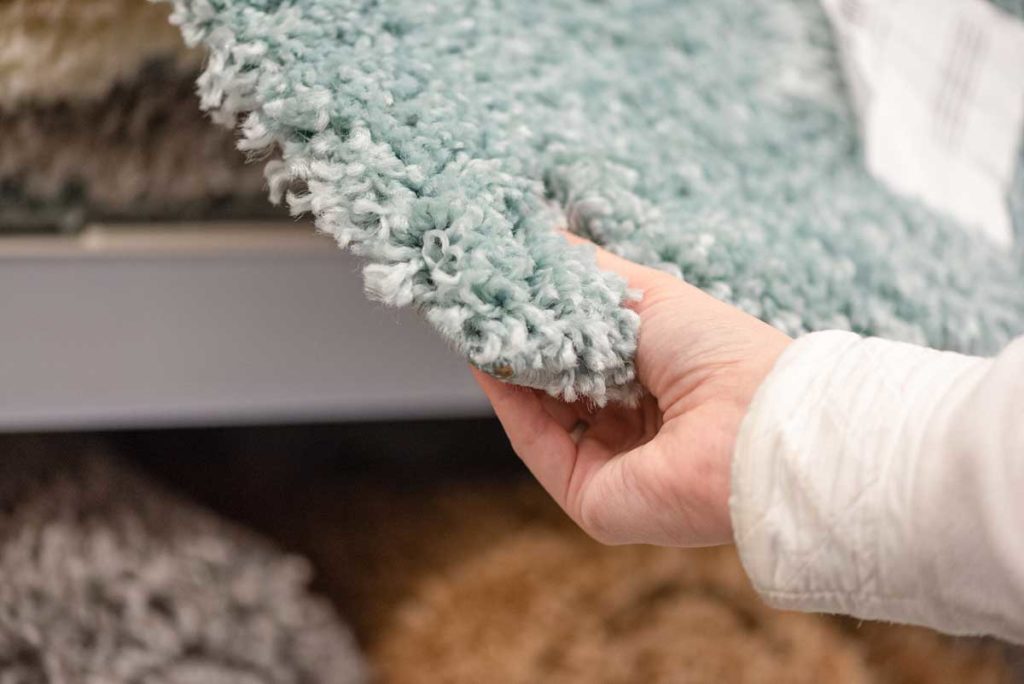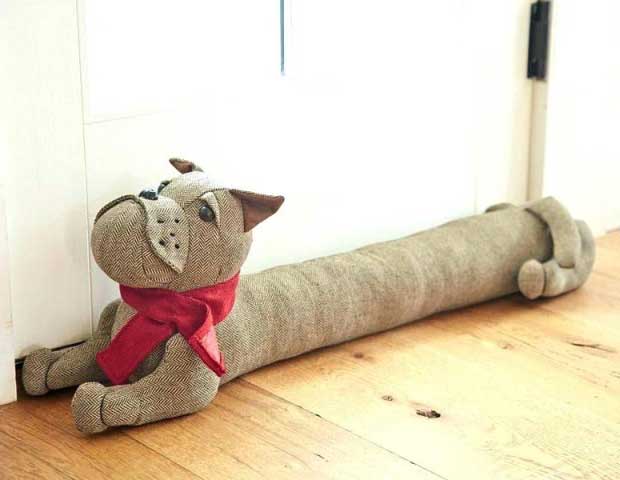Identify potential insulation issues in your new home as quickly as possible. Don’t ignore the isolation issues you’ve been struggling with for a long time and roll up your sleeves!
Exterior walls and roofs washed by cold and rain can lead to serious problems with moisture and water leaks. In addition, there are also problems with wind and moisture from the ground in ground-level houses. This month we discuss what to do about isolation. It can also give you an idea.
WINDOWWAYS TO PREVENT COLD AIR

SHORT-TERM SOLUTION: PLASTIC WINDOW FILM If your budget is not enough, you can use window films to insulate windows. Applying window films is very easy. To make it stick, you have to heat it. You can also do this with the help of a hair dryer.
Don’t forget to check the window seals too. Seals that have lost their properties must be replaced. Old seals allow cold air to enter the home.
LONG TERM SOLUTION: NEW WINDOWS For uninsulated windows, a radical solution may be to replace the windows as is. Double-layered double lenses in particular can be a good solution against the cold. Since there is a gap between the double layers of glass, it acts as insulation. As the width increases, the insulation performance also increases.
FLOORWAYS TO PREVENT COLD AIR


SHORT TERM SOLUTION: CARPET To create a warm feeling on the floor and prevent air flow, you can choose a soft, thick, extra insulating PVC-based carpet for the floor. A floor-to-ceiling rug can also be an option.
LONG-TERM SOLUTION: JOINTS/PASTES The long-term solution to prevent cold air from leaking between tiles on the floor or between wooden floors is to close the gaps with caulk, plaster or putty.
DOORSWAYS TO PREVENT COLD AIR


SHORT TERM SOLUTION: SANDBAGS These sandbags, which were often made in ancient times, are actually a useful solution. In addition, it is not an economic burden. You can use cylindrical cushions the size of the door to prevent air from leaking under the door.
LONG-TERM SOLUTION: HEATING TAPE You can also provide thermal insulation by properly sticking self-adhesive insulation tapes on the door frame. It is important to stick these electrical tapes in the right place and in the right way. You can easily install it yourself by reading the instructions for use.
WHAT IS INSULATION?
Interior designer Gizem Uçkun Tiryaki answered frequently asked questions about insulation.
Insulation is the reduction of the flow of energy from the environment through the use of insulating materials. Heat flows naturally from high temperature to low temperature, and the greatest flow of heat occurs along the path of least resistance. Insulation helps prevent heat loss to the environment. In other words: isolation; It is the phenomenon of blocking currents of electricity, sound or heat. When asked what insulation is, almost everyone has associations similar to this definition, and construction in general comes to mind. However, insulation is not only found in construction, but also in many areas such as the automotive, plumbing and industrial sectors. Many large appliances also have insulation. For example in ovens, refrigerators, freezers and water heaters.
The measures taken to protect the building and the assets in it from sound, water, moisture, heat and cold are called insulation, that is, insulation. Protecting buildings from internal and external influences is only possible through insulation.
Insulation applications carried out according to this technique provide a safe, noise-free, modern and healthy environment for the building’s occupants, as well as a safer environment in terms of safety of property and life. Thermal, sound, water and fire protection applications are a necessity for energy savings, air pollution, comfortable living, silent, healthy spaces and our sustainable future. Insulated buildings use 30 to 50% less energy than non-insulated buildings, making a contribution to both individuals and the country’s economy.
TYPES OF INSULATION
Thermal insulation : Thermal insulation is used in buildings and systems. With thermal insulation applications, it is possible to extend the life of the building, provide people with healthy and comfortable spaces, and achieve great savings in fuel and cooling costs during the building’s use phase. Applying a coating is a type of thermal insulation.
Advantages: Provides energy savings, prevents pollution and ensures thermal comfort
Water insulation: Waterproofing of buildings is carried out to prevent water or moisture from damaging part of the building or the area it covers. It can be applied to the building foundation, roofs, walls and the surrounding area of the building. In buildings without waterproofing, the building is exposed to corrosion due to water leaking from the foundation, which reduces the building’s resistance and increases the risk of collapse in a possible earthquake.
water insulation; The application to keep water within the structure in places such as water tanks, pools and dams is called waterproofing (water insulation). To ensure a healthy seal, insulation must be done from the building’s foundation to the roof. water insulation; Ground-based bastions, toilets, bathrooms, foundation facades, exterior facades, window edges, basement facades, terraces, balconies and roofs must be 100% waterproof. Effective sealing prevents damage to the floor concrete. Water insulation is also used in areas such as tunnels, water channels, hidden streams, chimney edges, parapets and balcony overhangs.
see also


Soundproofing: Soundproofing refers to all measures taken to minimize the effects of noise on people. It can be applied to machines, devices, systems and walls with soundproofing materials.
Plumbing insulation: Installation insulation In order to achieve the desired efficiency of all installations for heating and cooling purposes, installation insulation must be carried out. Except for buildings constructed using advanced technology, installation insulation in other buildings is not given the necessary attention. Installation insulation, which is not of great importance in our country, but is necessary, not only saves energy, but also prevents corrosion of installation pipes.
Fire protection: A fire is an out-of-control combustion event. Fire insulation should not be viewed as a solution that will prevent the fire from starting or never damage the structure. Protection against fire does not mean that the fire can definitely be prevented. Trying to extinguish the fire and eliminate this fire with the least damage by gaining a certain amount of time or avoiding the fire is to protect. Fire insulation has become an important insulation application following the rapid increase in the construction of high-rise buildings, and the materials used for insulation must comply with TS and international standards.
THE RIGHT TIME TO ISOLATE
There is no doubt that thermal insulation of buildings has a significant impact on both energy savings and financial relief. When it comes to thermal insulation, the content of the insulation material, the structure of the surface and the processing must be taken into account; It is also very important when making insulation. In rainy weather there may be problems with occupational safety and your isolation time may also be longer than normal.
A weather temperature of 5°C – 30°C is technically sufficient for insulation. However, it is recommended to have the insulation done before the falling air temperature enters the building to avoid the problems already mentioned. For thermal insulation, choose spring and autumn months, not winter months.
Before our experts make an insulation decision; It indicates that the structure of your insulation material may deteriorate due to exposure to rainfall or temperatures below 5°C and that the insulation process should begin before this happens. Since the air temperature is between 15 and 25 °C between May and July and between September and November, it is easier to install insulation material.
Also prepare for winter; Get your insulation ready before it’s too late!
Decorative solution to prevent the cold from entering under the door – DIY recipe
The importance of insulation in heating